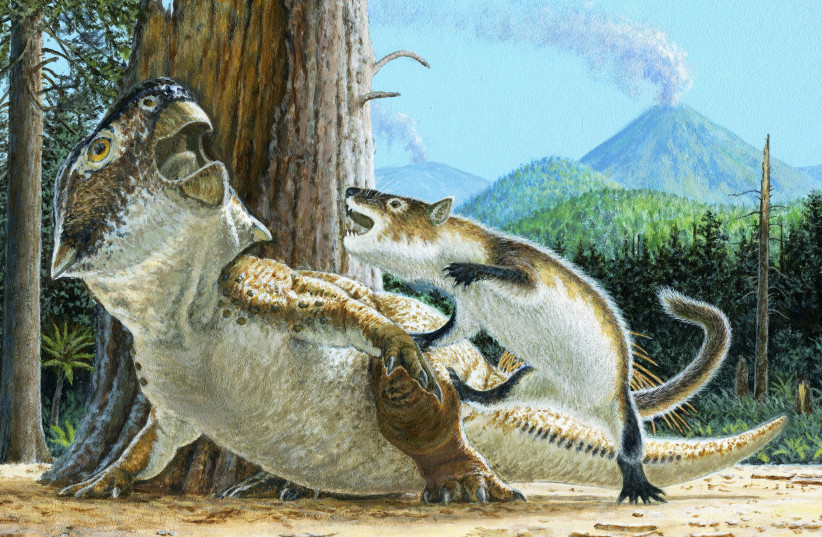Researchers have identified a reptilian species with sword-like claws that inhabited Brazil 230 million years ago, during the Triassic period, Live Science reported earlier this month.
The remains of the creature, found in a rice farm in southern Brazil, showed that the creature had "hands and claws, which look a bit like those of Edward Scissorhands, may have been used to catch prey or climb trees," Rodrigo Müller, a paleontologist at the Federal University of Santa Maria in Brazil, told Live Science.
Despite its long claws, the creature likely ate only bugs, fruits, and small animals like lizards, as it had a long sharp beak that would have been ideal for such prey. The long claws, which may have also been used for other purposes, would have been used to climb trees to hunt for food.
The researchers have named the reptile Venetorapter gassenae.
The skeletal remains of the creature show that it likely stood up to 70 centimeters tall and a meter in length.

What is significant about this find?
While reptiles today often have scales, this creature had feather-like fur that covered its body and tail. It was classified as part of the lagerpetid group of reptiles. This group was ancestors to the pterosaurs, a flying group of reptilian dinosaurs.
The newly discovered species further establishes a connection between lagerpetid and pterosaurs, as the V. gassenae has an elongated fourth claw similar to that of the pterosaurs.
"This elongated fourth digit supports the wings in pterosaurs, so V. gassenae may represent the transition of lagerpetids towards pterosaurs," Müller said.
